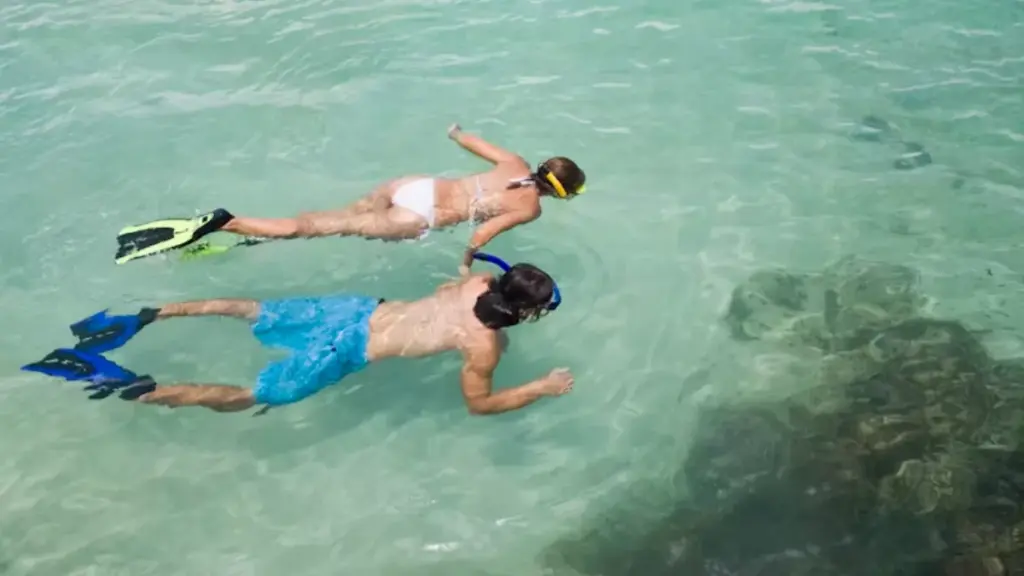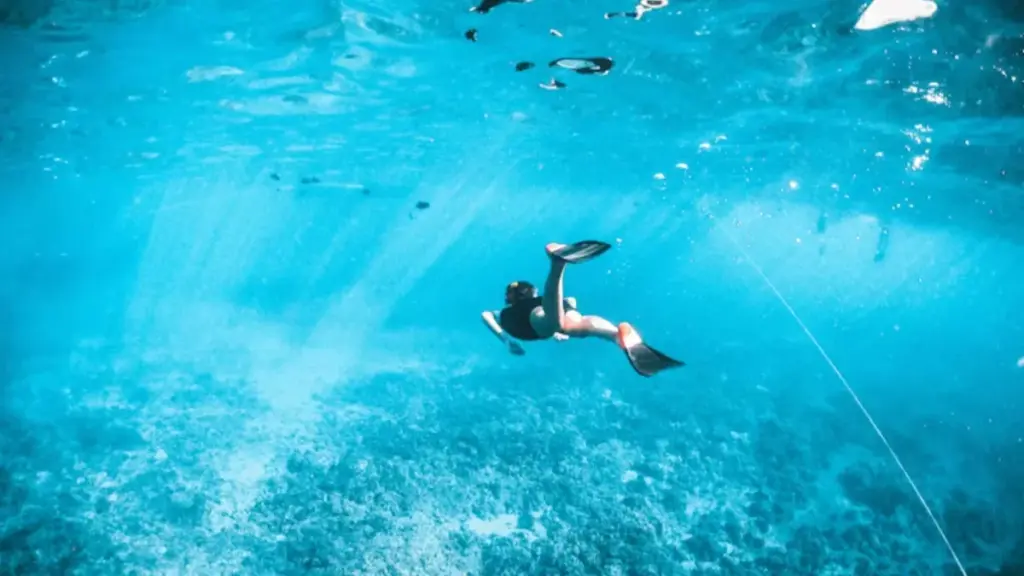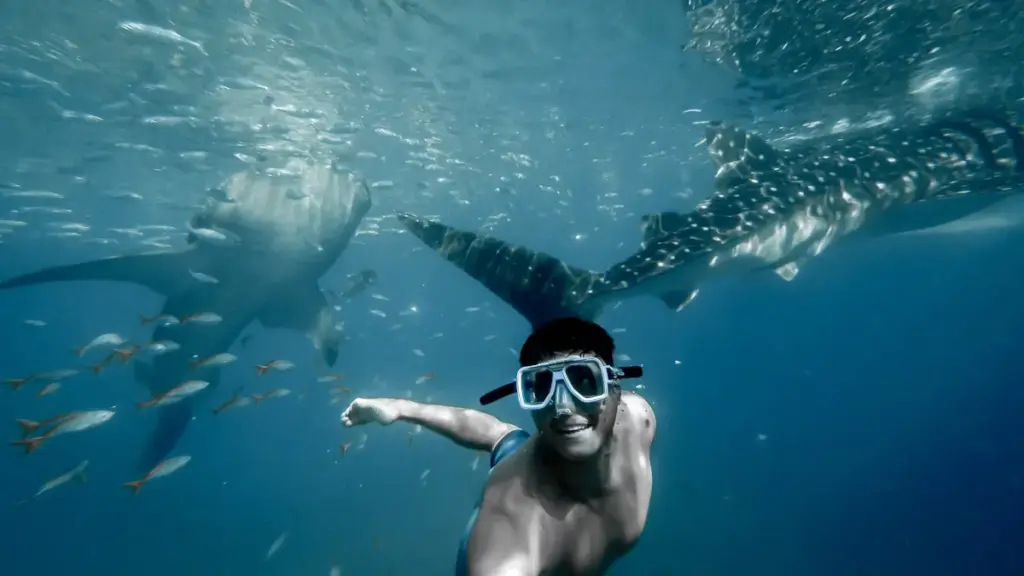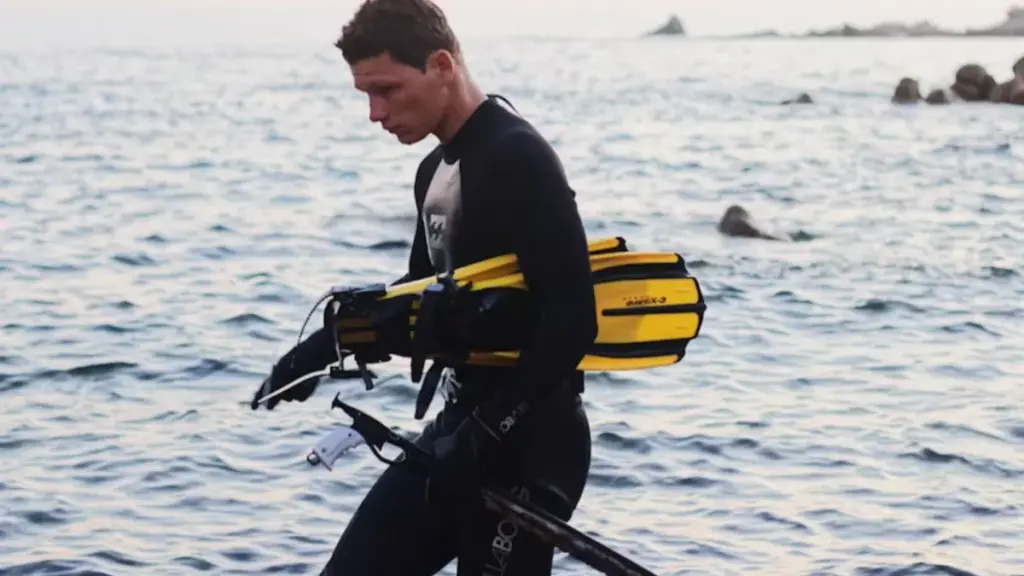Think about holding your breath and diving under the water. Sometimes it’s in a quiet pool, other times it’s in the wide open sea. Freediving comes in many different types, each with its own way of testing how long you can stay down or how deep you can go.
From pool practice to deep ocean dives, every style offers a new challenge and a new thrill. In this guide, we’ll dive into the main types of freediving and what makes each one unique.
What Is Free Diving and Why It’s Unique

Free diving is a type of underwater activity where you dive without using scuba tanks or other breathing devices. You rely only on the air you take in before going underwater. At first glance, it may seem simple, but free diving is much more than holding your breath. It requires physical control, mental focus, and specialized techniques that help divers stay underwater longer and reach greater depths.
What sets free diving apart is the balance it creates between performance and calmness. Success is measured not only by depth or duration but also by how relaxed and efficient a diver can remain underwater. The goal is not to fight the water but to move with it. This combination of skill, discipline, and mental control is what makes free diving fascinating, whether you are practicing it or simply observing.
Different Types of Free Diving

Quick Comparison Table
| Type of Free Diving | Main Focus | Typical Depth/Distance | Challenge | Лучшее для |
|---|---|---|---|---|
| Static Apnea (STA) | Holding breath without moving | Surface only | Mental control, oxygen management | Beginners & breath-hold training |
| Dynamic Apnea with Fins (DYN) | Horizontal distance with fins | 50–250 m in pools | Fin efficiency, body streamline, pacing | Swimmers & pool athletes |
| Dynamic Apnea No Fins (DNF) | Horizontal distance without fins | 35–200 m in pools | Glide control, stroke timing, body line | Technical divers & advanced trainees |
| Free Immersion (FIM) | Pulling up and down a rope | 30–120 m | Rope technique, equalization, pacing | Recreational & technical divers |
| Constant Weight with Fins (CWT) | Depth swimming with fins | 50–130 m | Equalization, fin technique, energy control | Competitive depth divers |
| Constant Weight No Fins (CNF) | Depth swimming without fins | 20–90 m | Full-body coordination, oxygen efficiency | Advanced divers & technical enthusiasts |
| Variable Weight (VWT) | Weighted sled down, swim up | 80–150 m | Sled control, safe ascent, strength | Experienced divers |
| No-Limits (NLT) | Weighted sled down, lift bag up | 150 m+ | Extreme depth, high risk, requires full safety support | Elite professional divers |
Static Apnea (STA)
Static apnea is often the first step for beginners. You float face down at the surface, holding your breath without moving. The test is purely about time. Elite divers hold their breath beyond 8–10 minutes, though most trained hobbyists reach around 3–5 minutes. It’s a discipline that teaches patience, focus, and mental control.
Dynamic Apnea (DYN & DNF)
Dynamic apnea is performed in a swimming pool and measures how far you can swim underwater on one breath. It has two variations:
- DYN – With Fins: Divers use long bi-fins or a monofin to cover distance. The emphasis is on efficiency, not speed. Competitive athletes regularly swim over 200 meters, while recreational divers often aim for 50–100 meters as a training milestone. Proper fin technique and body streamline make a huge difference here.
- DNF – No Fins: This version removes fins altogether. Divers use a stroke-and-glide movement similar to breaststroke. Distances are usually shorter than DYN because propulsion is harder without fins, but top athletes still reach over 150 meters. DNF is considered more technical and demands excellent body position, glide control, and patience.
Together, DYN and DNF build different skills. One trains powerful and efficient finning, the other develops body awareness and streamline discipline. Both are widely practiced in competitive pools around the world.
Free Immersion Diving (FIM)
In free immersion, divers pull themselves along a rope to descend and ascend. No fins are used. This slower pace makes equalization easier during descent. Depths over 100 meters have been reached in competition, though recreational dives are typically much shallower.
Constant Weight with Fins (CWT)
CWT involves swimming down and up using fins or a monofin without changing weights or pulling on the rope. It is a pure test of endurance, equalization, and fin technique. Elite divers reach depths beyond 120 meters. Recreational training often focuses on 20–40 meters.
Key points for CWT:
Weight: Must remain constant throughout the dive.
Fins: Long monofins are more efficient; bi-fins require slightly more leg movement.
Body position: Horizontal streamline is critical to reduce drag.
Constant Weight No Fins (CNF)
CNF is similar to CWT but without fins. Divers rely entirely on arm strokes and a modified frog kick to move. It is more technically demanding because the diver must maintain a streamline and efficiency using only body movements.
Typical ranges:
- Beginners: 20–40 meters
- Advanced divers: 50–90 meters
Challenges include full-body coordination, oxygen management, and precise equalization. CNF is often seen as a benchmark for skill and discipline in free diving.
Variable Weight (VWT)
Variable weight allows divers to use a weighted sled to descend quickly, then swim or pull themselves back to the surface. This style permits deeper dives than CWT but requires strict safety measures. Depths of 80–150 meters are common for advanced practitioners.
No-Limits (NLT)
No-limits is the most extreme form. Divers descend using a weighted sled and ascend with an inflatable lift bag. Depths beyond 200 meters have been recorded. This discipline carries high risk and requires full safety support, including rescue divers and specialized equipment.
Key Skills Every Beginner Needs

Diving into the world of free diving is thrilling, but mastering a few essential skills makes your experience safer and more enjoyable. These are the basics every beginner should focus on.
Breathing and Relaxation Techniques
Learning to control your breath and relax underwater is essential. Beginners practice diaphragmatic breathing and slow inhalation/exhalation patterns to extend breath-hold safely. Relaxation reduces oxygen consumption and helps avoid panic underwater.
Equalizing Ear Pressure
As you dive deeper, water pressure increases. Equalizing the air spaces in your ears and sinuses is essential to prevent injury. The most common method is the “Valsalva maneuver,” but advanced divers use the “Frenzel maneuver” for deeper dives.
Learning proper equalization early helps divers feel more comfortable and safe as they increase their depth. Without it, even 3–4 meters can be painful.
Diving Safely with a Partner
It’s important to never free dive alone. Having a trained partner watching from the surface increases safety. Partners monitor your dive, provide immediate assistance if needed, and ensure you surface safely.
Mastering these skills builds confidence and lays the foundation for a safe, fun, and rewarding free diving journey.
Essential Gear for Safe Free Diving

Having the right gear makes your free diving experience safer and far more enjoyable. Let’s explore what every diver needs before taking the plunge.
Wetsuit and Fins
A thin and streamlined wetsuit helps maintain body temperature while minimizing drag. While good-quality freediving fins give you the propulsion to glide effortlessly underwater. Monofins are best for dynamic and CWT dives, while bi-fins provide more control for beginners or pool training.
Snorkel and Weights
A low-drag snorkel and an adjustable weight belt are essential for proper trim and balance underwater. The right weights help maintain a horizontal position and reduce effort while diving. Choosing appropriate weights for your body type and water conditions ensures better control and a more comfortable dive.
Best Free Diving Mask
A low-volume mask is essential for free diving, as it reduces the air needed to equalize during descent. Look for a mask that fits snugly, has a flexible silicone skirt, and provides a clear field of view. The best free diving mask helps maintain comfort and efficiency, letting divers focus on technique without worrying about leaks or drag.
Tips for Reliable Equipment
Always test your mask and fins in shallow water before a deep session. Check wetsuit seams for wear, and make sure weight belts are quick-release for safety. Comfort, durability, and ease of use are more important than flashy designs. Investing in quality equipment pays off in safety and performance.
Equipped with the right free diving gear, you’re ready to explore underwater wonders confidently. The proper setup doesn’t just improve your dive—it makes every moment beneath the surface feel magical.
Заключительные мысли
Free diving gives you a front-row seat to the underwater world. Each dive lets you challenge yourself, feel total freedom, and enjoy the ocean up close. Beginners can start safely with proper training, a reliable buddy, and quality gear from trusted brands like Авангард.
Picking the right mask, fins, and wetsuit makes dives more comfortable and focused. Take it slow, master your skills, and let every dive become an exciting adventure. Gear up with Авангард and start exploring the wonders beneath the waves today.
Часто задаваемые вопросы
1. What is the purest form of free diving?
The purest form is Constant Weight Without Fins (CNF). It relies entirely on your body and breath, with no equipment to assist the dive.
2. What is the difference between CNF and FIM?
CNF uses no fins and no rope for propulsion. Free Immersion (FIM) allows you to pull yourself along a rope, which makes it easier to manage your descent and ascent.
3. What is the golden rule in free diving?
Never dive alone. Always have a trained buddy to watch you, ensuring safety and immediate help if needed.
4. Is free diving safer than scuba diving?
Both have risks, but freediving can be safer if done with proper training, good equipment, and careful attention to breath-hold limits.
5. How long can freedivers hold their breath?
Experienced freedivers can hold their breath anywhere from 2 to 5 minutes. Top professionals often exceed 7 minutes in controlled conditions, though the longest free diving time ever recorded is significantly longer under specialized training and safety measures.